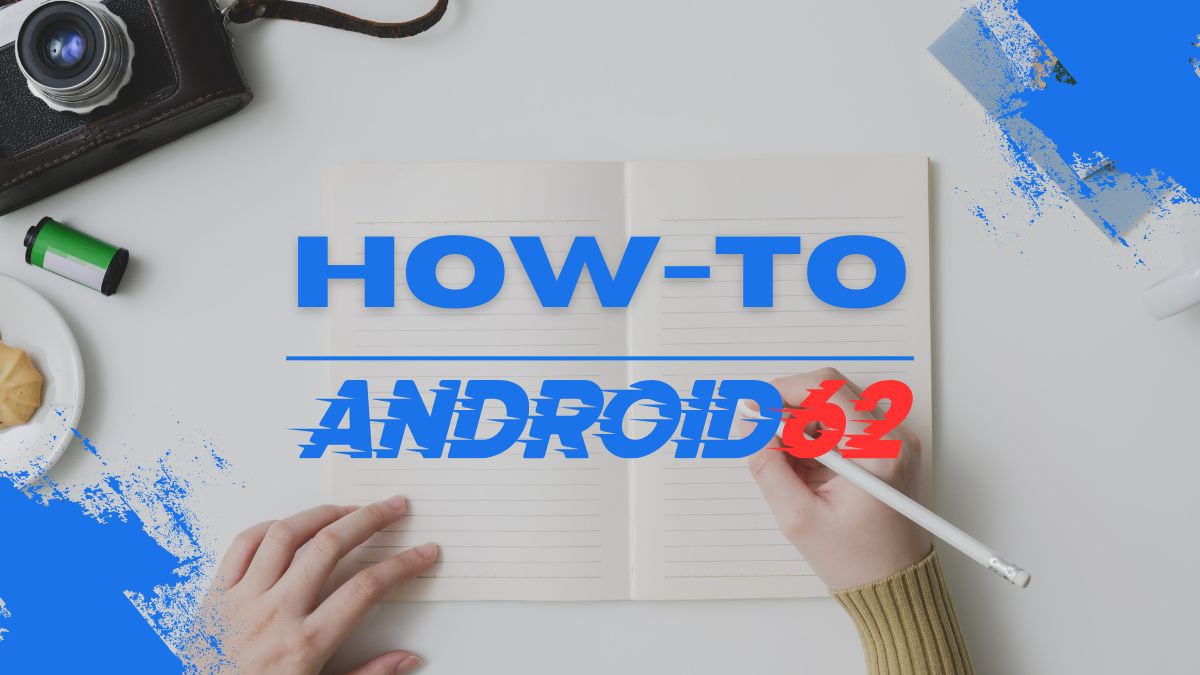
Algae growth in pools is a common problem faced by many pool owners. It not only looks unsightly but can also make the pool water unsafe for swimming. In this article, we will discuss effective methods to get rid of algae in your pool and prevent its recurrence.
1. Understand the Types of Algae
Before tackling the algae problem in your pool, it is essential to understand the different types of algae that may be present. The most common types of algae found in pools are:
- Green Algae: This is the most common type of algae found in swimming pools. It can make the pool water green and murky.
- Yellow Algae: Also known as mustard algae, this type of algae is yellow or mustard-colored and can be slippery to the touch.
- Black Algae: This type of algae is resistant to most algaecides and can form black spots on the pool surfaces.
2. Shock the Pool
One of the first steps in getting rid of algae in your pool is to shock it. Shocking the pool involves adding a large dose of chlorine to the water to kill algae and other contaminants.
- Test the water to ensure that the pH and chlorine levels are within the recommended range.
- Follow the manufacturer’s instructions on how much shock treatment to use based on the size of your pool.
- Run the pool pump for at least 24 hours to circulate the water and allow the shock treatment to work effectively.
3. Brush and Vacuum the Pool
Once the pool has been shocked, it is essential to brush the pool surfaces and vacuum the pool to remove suspended algae and prevent it from settling back on the surfaces.
- Use a pool brush to scrub the walls and floor of the pool to loosen algae and other debris.
- Use a pool vacuum to remove the loosened algae and debris from the pool.
- Pay special attention to corners, steps, and other areas where algae may accumulate.
4. Use Algaecides
If algae growth persists after shocking and brushing the pool, you may need to use an algaecide to get rid of the remaining algae.
- Choose an algaecide that is specifically designed to target the type of algae present in your pool.
- Follow the manufacturer’s instructions on how much algaecide to use based on the size of your pool.
- Run the pool pump for a few hours after adding the algaecide to ensure proper distribution.
5. Maintain Proper Pool Chemistry
Preventing algae growth in your pool requires maintaining proper water chemistry. Here are some tips to help you prevent algae from coming back:
- Monitor pH Levels: Keep the pH levels in your pool within the recommended range (7.2-7.6).
- Maintain Chlorine Levels: Ensure that the chlorine levels in your pool are sufficient to kill algae and other contaminants.
- Regularly Shock the Pool: Shock your pool regularly to prevent algae buildup.
- Clean Filters: Regularly clean and backwash your pool filters to remove debris and improve circulation.
- Remove Debris: Skim the surface of the pool regularly to remove leaves and other debris that can promote algae growth.
6. Consider Hiring a Professional
If you have tried various methods to get rid of algae in your pool and are still facing persistent algae growth, it may be time to consider hiring a professional pool service.
- A professional pool service will have the expertise and equipment to effectively treat algae and prevent its recurrence.
- They can also provide valuable advice on how to maintain proper pool chemistry and prevent algae growth in the future.
By following these steps and maintaining proper pool maintenance, you can effectively get rid of algae in your pool and enjoy a clean and safe swimming environment.



